Home>Technology>Smart Home Devices>How To Make A Printer Wireless
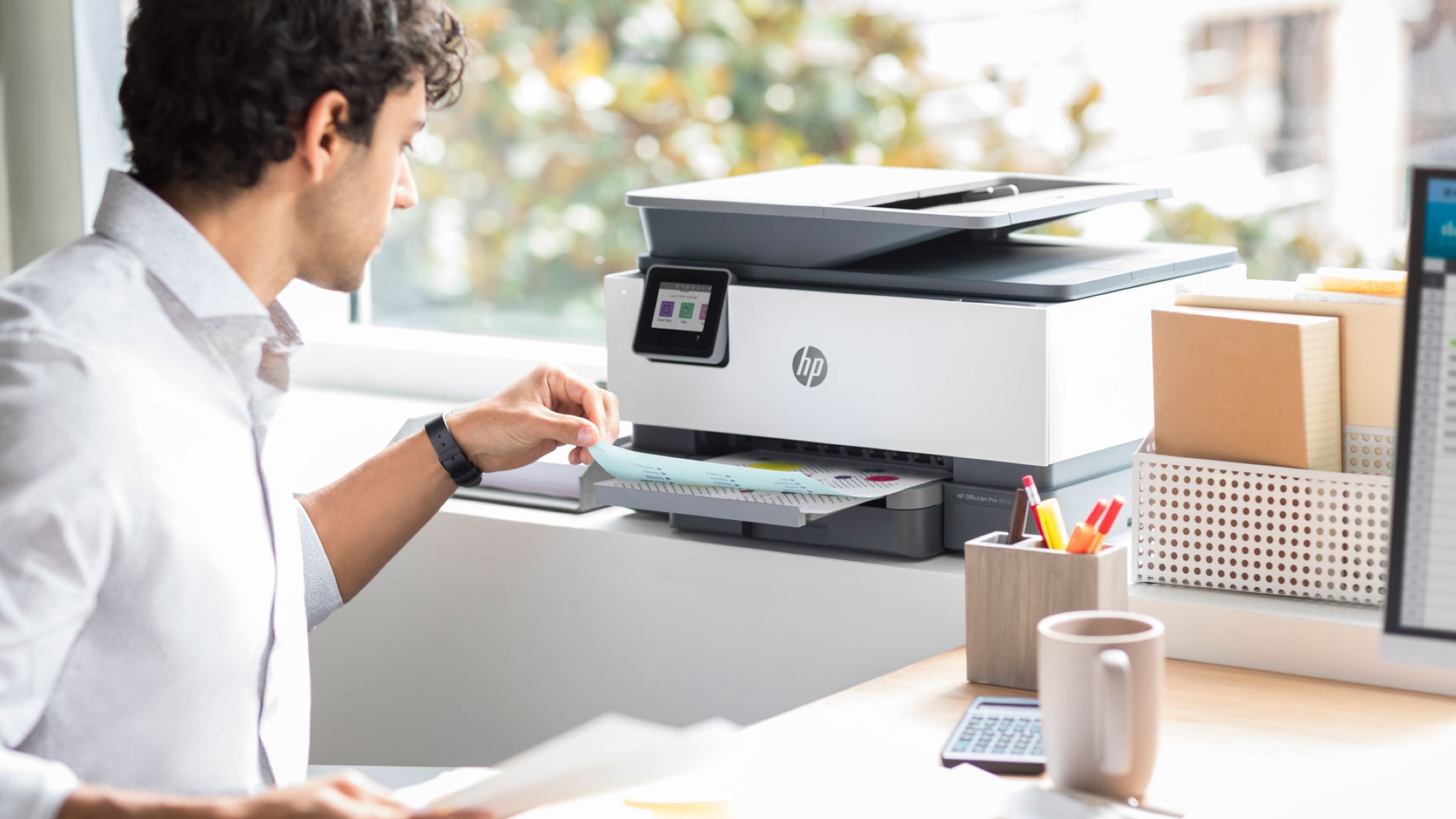

Smart Home Devices
How To Make A Printer Wireless
Modified: October 19, 2024
Learn how to make your printer wireless and connect it to your smart home devices with our easy-to-follow guide. Streamline your printing setup today!
(Many of the links in this article redirect to a specific reviewed product. Your purchase of these products through affiliate links helps to generate commission for Storables.com, at no extra cost. Learn more)
Introduction
Are you tired of dealing with tangled cables and limited placement options for your printer? If so, it may be time to embrace the convenience of wireless printing. By transforming your traditional printer into a wireless device, you can enjoy the freedom to print from any corner of your home or office without being tethered to a specific location.
In this comprehensive guide, we'll explore the ins and outs of wireless printing, providing you with the knowledge and confidence to make the transition seamlessly. Whether you're a tech-savvy individual or someone who's new to the world of wireless connectivity, this article will equip you with the essential steps to transform your printer into a wireless powerhouse.
Join us as we delve into the realm of wireless printing, demystifying the process and empowering you to unlock a new level of printing freedom. Let's embark on this journey together and discover the wonders of wireless printing that can elevate your everyday printing experience.
Key Takeaways:
- Embrace the freedom of wireless printing to untangle yourself from cables and print from anywhere in your home or office, boosting convenience and productivity.
- Seamlessly connect your printer to Wi-Fi and set up wireless printing on your Windows or Mac devices, unlocking a world of flexible and efficient printing possibilities.
Read more: How To Sync A Brother Wireless Printer
Understanding Wireless Printing
Wireless printing offers a liberating alternative to traditional wired setups, allowing you to print from various devices without the constraints of physical connections. This modern printing method leverages Wi-Fi technology to establish a seamless connection between your printer and a range of compatible devices, such as laptops, smartphones, and tablets.
One of the key advantages of wireless printing is the flexibility it provides. With a wireless printer, you can effortlessly print from any room in your home or office, eliminating the need for cumbersome cables and allowing for more versatile placement options. Furthermore, wireless printing enables multiple users to access the same printer, fostering a collaborative and efficient printing environment.
Wireless printing also aligns with the growing trend of mobile and cloud-based workflows. By integrating wireless printing capabilities, you can easily print documents and photos directly from your mobile devices or cloud storage platforms, streamlining the printing process and enhancing overall productivity.
When considering wireless printing, it’s essential to ensure that your printer and devices are compatible with Wi-Fi connectivity. Additionally, understanding the security features of wireless printing is crucial to safeguard sensitive information and prevent unauthorized access to your printer.
As we delve deeper into the intricacies of wireless printing, you’ll gain a comprehensive understanding of the benefits, considerations, and practical applications of this innovative printing method. Join us as we unravel the world of wireless printing and embark on a journey towards a more flexible and efficient printing experience.
Connecting Your Printer to Wi-Fi
Transforming your printer into a wireless powerhouse begins with establishing a secure and reliable connection to your Wi-Fi network. This pivotal step lays the foundation for seamless printing from various devices within your network. Here’s a comprehensive guide to help you navigate the process of connecting your printer to Wi-Fi:
1. Check Compatibility:
Before initiating the setup process, ensure that your printer is equipped with wireless connectivity capabilities. Most modern printers come with built-in Wi-Fi functionality, enabling effortless integration into your wireless network.
2. Access the Printer’s Control Panel:
Locate the control panel on your printer and navigate to the wireless or network settings. Depending on the printer model, you may find a dedicated button for wireless setup or a touchscreen interface for configuring network settings.
Read more: How Does A Wireless Printer Work
3. Select Your Wi-Fi Network:
From the printer’s control panel, access the Wi-Fi settings and select your home or office Wi-Fi network from the available options. You’ll be prompted to enter the network’s password to establish a secure connection.
4. Install Printer Software:
For optimal functionality, install the printer’s software and drivers on your computer or mobile device. Most printer manufacturers provide user-friendly software that guides you through the setup process and ensures seamless integration with your Wi-Fi network.
5. Test the Connection:
Once the printer is connected to your Wi-Fi network, perform a test print to confirm that the setup was successful. This step allows you to verify the functionality of your wireless printer and address any potential issues before regular use.
By following these steps, you can seamlessly connect your printer to your Wi-Fi network, unlocking the convenience and flexibility of wireless printing. With your printer now wirelessly integrated into your network, you’re ready to explore the next steps in setting up wireless printing on your specific devices.
Setting Up Wireless Printing on Windows
Windows users can easily harness the power of wireless printing by configuring their devices to communicate with a wireless printer. Whether you’re using Windows 10, Windows 8, or an earlier version, the following steps will guide you through the process of setting up wireless printing on your Windows-based computer:
Read more: How To Connect To HP Wireless Printer
1. Add a Wireless Printer:
Begin by accessing the Control Panel on your Windows computer. Navigate to the “Devices and Printers” or “Printers & Scanners” section, where you can add a new printer. Click on “Add a printer” and select the option to add a wireless or network printer. Windows will automatically search for available printers in your network.
2. Install Printer Drivers:
If the wireless printer is detected, Windows will prompt you to install the necessary drivers. Follow the on-screen instructions to complete the driver installation process. In some cases, you may need to download and install the latest drivers from the printer manufacturer’s website to ensure optimal performance.
3. Set the Default Printer:
Once the wireless printer is successfully installed, you can set it as the default printer for your Windows system. This ensures that all print jobs are directed to the wireless printer by default, streamlining the printing process and enhancing convenience.
4. Test the Wireless Connection:
After configuring the wireless printer on your Windows computer, perform a test print to verify the functionality of the wireless connection. Ensure that the printer responds to print commands and produces high-quality output without any connectivity issues.
Read more: How To Reset Rollo Wireless Printer
5. Enable Sharing (Optional):
If you have multiple Windows devices on the same network and wish to enable printer sharing, you can configure the printer settings to allow other devices to access the wireless printer. This feature facilitates seamless printing from various Windows devices within the network.
By following these steps, you can effortlessly set up wireless printing on your Windows computer, paving the way for a more flexible and efficient printing experience. With your wireless printer seamlessly integrated into your Windows environment, you can enjoy the convenience of wireless printing from the comfort of your workspace.
Setting Up Wireless Printing on Mac
Mac users can embrace the convenience of wireless printing by configuring their devices to communicate with a wireless printer. Whether you’re using a MacBook, iMac, or Mac mini, the following steps will guide you through the process of setting up wireless printing on your Mac:
1. Access System Preferences:
Begin by accessing “System Preferences” on your Mac. Locate and click on the “Printers & Scanners” or “Print & Fax” icon, depending on your macOS version. This section allows you to add and manage printers connected to your Mac.
2. Add a Wireless Printer:
Click the “+” symbol to add a new printer. Your Mac will automatically search for available printers in your network. If the wireless printer is detected, select it from the list of available devices. If the printer doesn’t appear, you may need to click “Add Printer or Scanner” and follow the on-screen instructions to manually add the wireless printer using its IP address.
3. Install Printer Drivers:
If prompted, install the necessary drivers for the wireless printer. Your Mac may automatically download and install the required drivers to ensure seamless compatibility with the wireless printer. Alternatively, you can visit the printer manufacturer’s website to download and install the latest drivers for optimal performance.
4. Set the Default Printer:
Once the wireless printer is successfully added to your Mac, you can set it as the default printer. This ensures that all print jobs are directed to the wireless printer by default, streamlining the printing process and enhancing convenience.
5. Test the Wireless Connection:
After configuring the wireless printer on your Mac, perform a test print to verify the functionality of the wireless connection. Ensure that the printer responds to print commands and produces high-quality output without any connectivity issues.
6. Enable Printer Sharing (Optional):
If you have multiple Mac devices on the same network and wish to enable printer sharing, you can configure the printer settings to allow other devices to access the wireless printer. This feature facilitates seamless printing from various Mac devices within the network.
By following these steps, you can seamlessly set up wireless printing on your Mac, unlocking the flexibility and convenience of wireless printing from your favorite Apple devices. With your wireless printer seamlessly integrated into your Mac environment, you can enjoy the freedom to print from any corner of your home or office with ease.
Read more: What Is A Wireless Printer Mean
Troubleshooting Wireless Printing Issues
While wireless printing offers unparalleled convenience, occasional technical glitches or connectivity issues may arise. Understanding how to troubleshoot common wireless printing problems can help you overcome obstacles and ensure a seamless printing experience. Here are some effective troubleshooting steps to address wireless printing issues:
1. Verify Wi-Fi Connectivity:
Ensure that your printer and the device you’re printing from are connected to the same Wi-Fi network. If the printer is not detected, check the Wi-Fi settings on both the printer and the device to confirm that they are connected to the correct network.
2. Restart Devices:
Restart your printer, computer, or mobile device to refresh the connection and resolve any temporary communication issues. Power cycling the devices can often restore the wireless connection and eliminate minor glitches.
3. Update Printer Firmware:
Check if there are any firmware updates available for your wireless printer. Updating the printer’s firmware can address compatibility issues and improve wireless connectivity, ensuring optimal performance and reliability.
Read more: How To Connect IPad To A Wireless Printer
4. Check Printer Status:
Access the printer’s control panel or the printer management software on your computer to verify the printer’s status. Clear any print queues or error messages that may be hindering the printing process.
5. Adjust Firewall Settings:
If your printer is not communicating with your device, check the firewall settings on your computer or router. Temporarily disabling the firewall or adjusting the security settings to allow printer communication can resolve connectivity issues.
6. Reinstall Printer Drivers:
If you’re experiencing persistent connectivity problems, consider reinstalling the printer drivers on your computer. Uninstall the existing printer software and then reinstall the latest drivers from the printer manufacturer’s website to ensure compatibility and functionality.
7. Reset Network Settings:
If all else fails, you can reset the network settings on your printer and reconfigure the wireless connection from scratch. Refer to the printer’s user manual or online support resources for instructions on resetting the network settings.
By systematically addressing these troubleshooting steps, you can effectively resolve common wireless printing issues and restore seamless communication between your devices and the wireless printer. Embracing a proactive approach to troubleshooting empowers you to overcome technical hurdles and enjoy the unparalleled convenience of wireless printing without interruptions.
Conclusion
Congratulations on embarking on the journey to transform your printer into a wireless marvel. By delving into the realm of wireless printing, you’ve unlocked a world of convenience, flexibility, and seamless connectivity that can elevate your printing experience to new heights.
Understanding the intricacies of wireless printing and the step-by-step process of connecting your printer to Wi-Fi empowers you to embrace a more versatile and efficient approach to printing. Whether you’re a Windows enthusiast or a dedicated Mac user, the ability to effortlessly set up wireless printing on your preferred devices opens the door to a world of possibilities.
As you navigate the landscape of wireless printing, it’s essential to remain mindful of potential troubleshooting scenarios and how to address them effectively. By arming yourself with the knowledge to troubleshoot common wireless printing issues, you can navigate technical challenges with confidence and maintain a seamless printing environment.
With your printer now seamlessly integrated into your wireless network, you have the freedom to print from any corner of your home or office, untethered by cables and constraints. Embrace the convenience of wireless printing as you effortlessly send print jobs from your computer, smartphone, or tablet, streamlining your workflow and enhancing productivity.
As technology continues to evolve, wireless printing represents a cornerstone of modern connectivity, enabling a seamless bridge between your digital devices and the physical output of documents, photos, and creative projects. Embrace the power of wireless printing and relish the freedom it brings to your everyday printing needs.
Thank you for joining us on this enlightening journey into the world of wireless printing. May your wireless printer serve as a beacon of convenience and efficiency, empowering you to print with unparalleled ease and flexibility. Here’s to a future filled with seamless wireless printing experiences and the joy of untethered connectivity.
Frequently Asked Questions about How To Make A Printer Wireless
Was this page helpful?
At Storables.com, we guarantee accurate and reliable information. Our content, validated by Expert Board Contributors, is crafted following stringent Editorial Policies. We're committed to providing you with well-researched, expert-backed insights for all your informational needs.
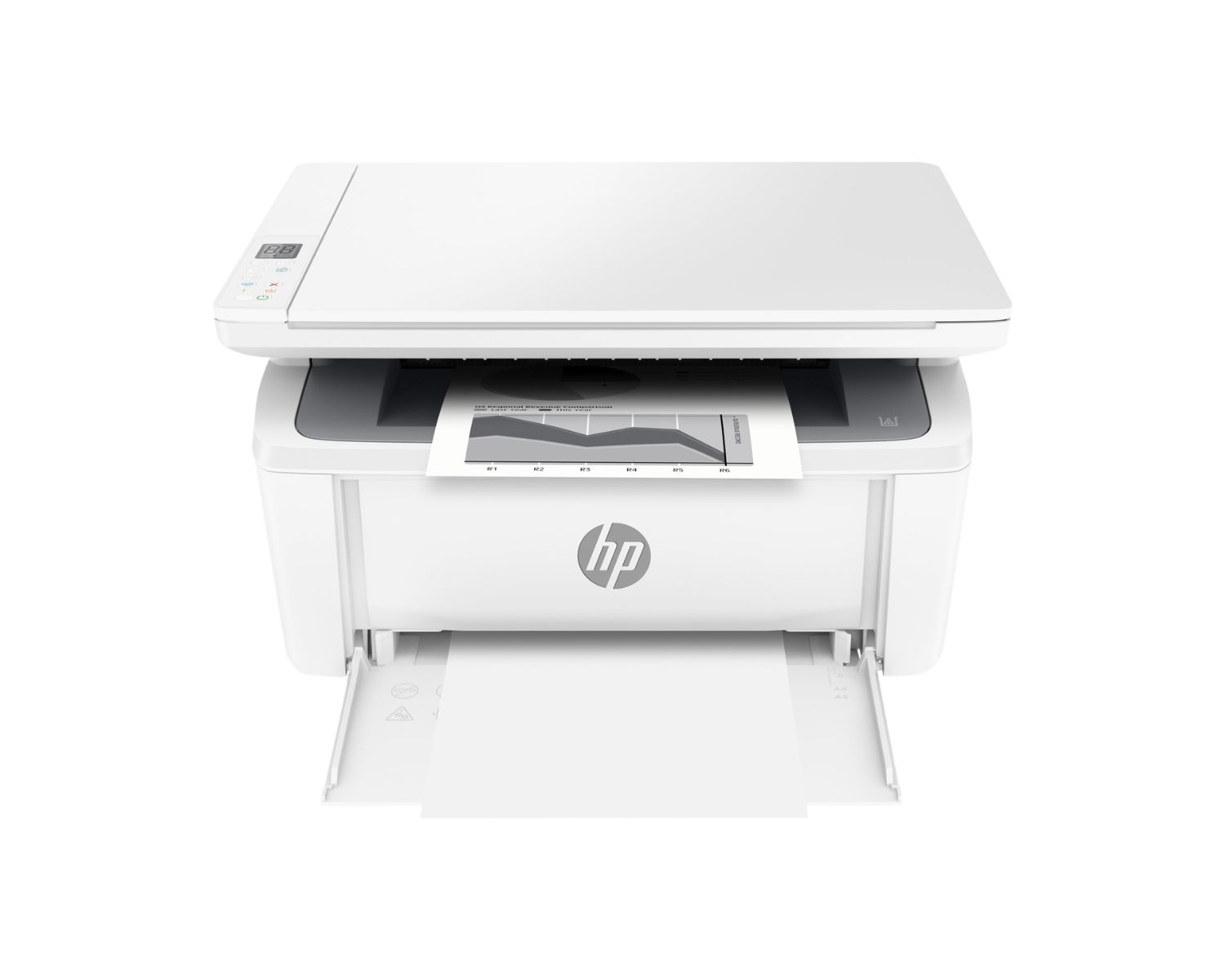
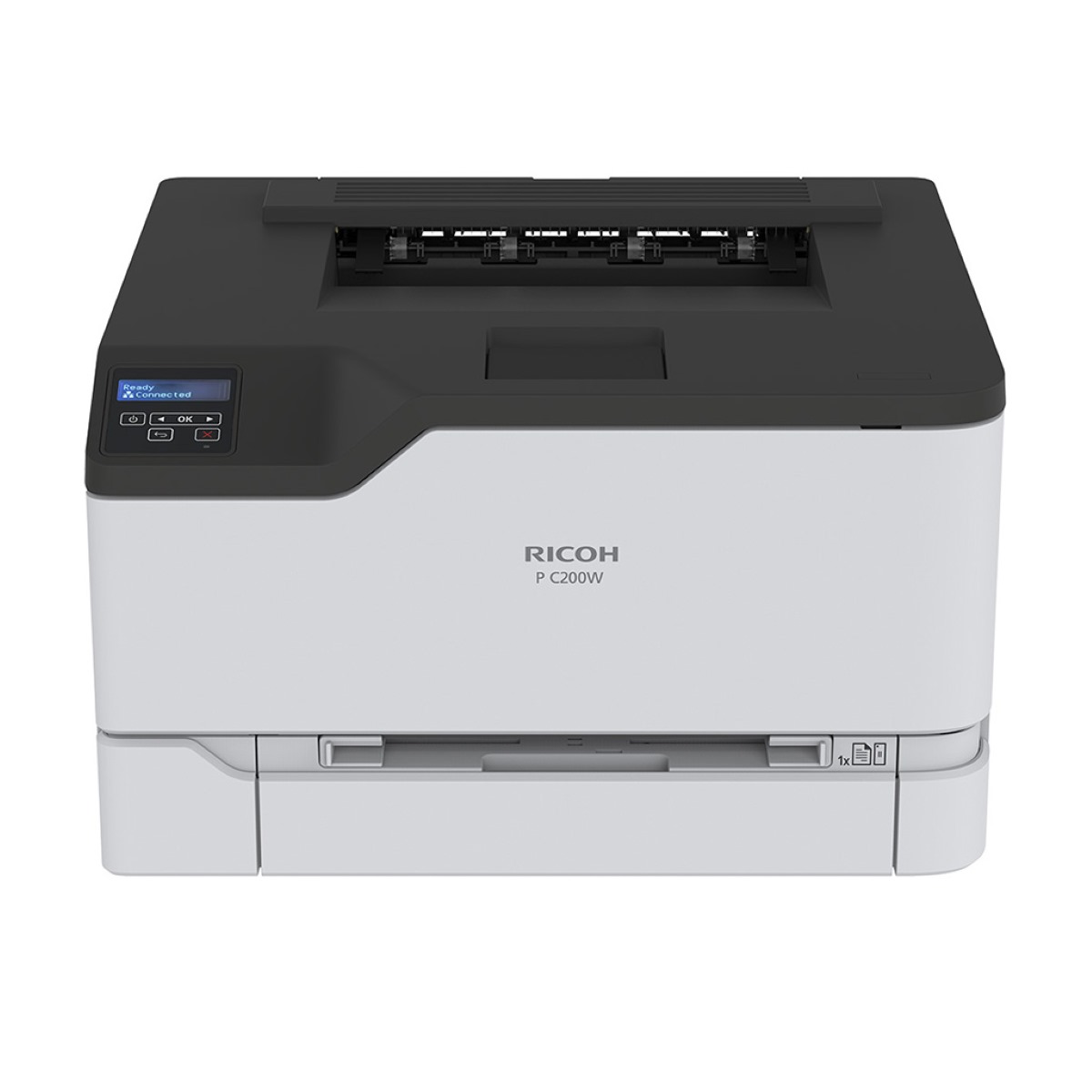
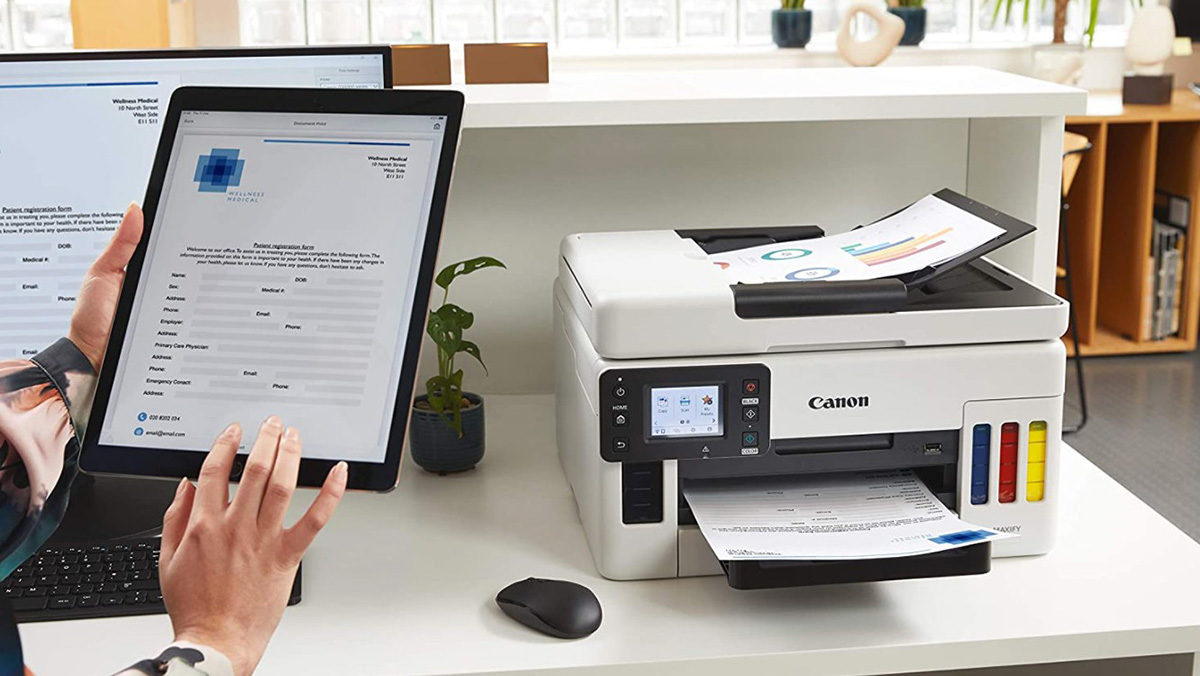
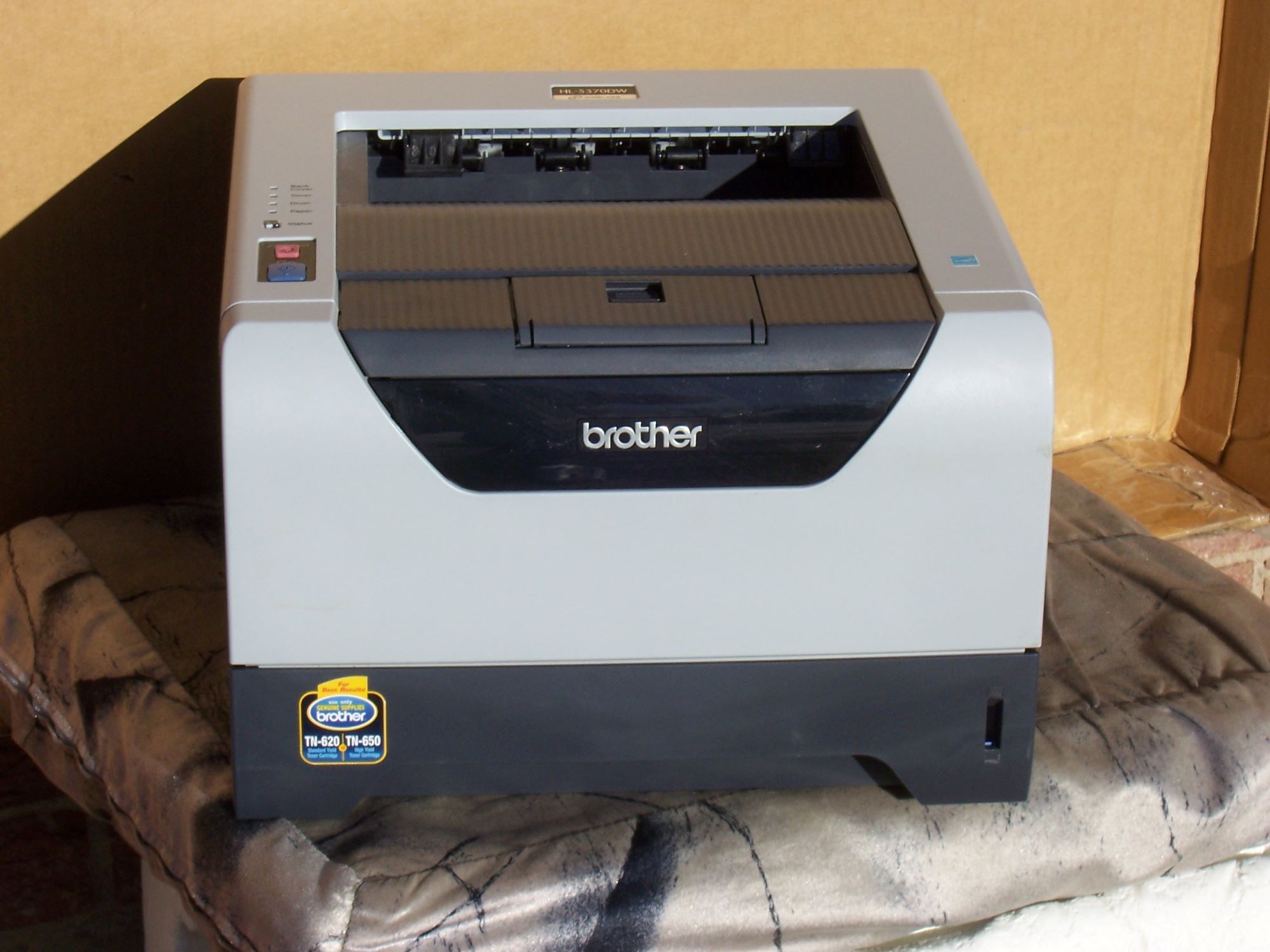
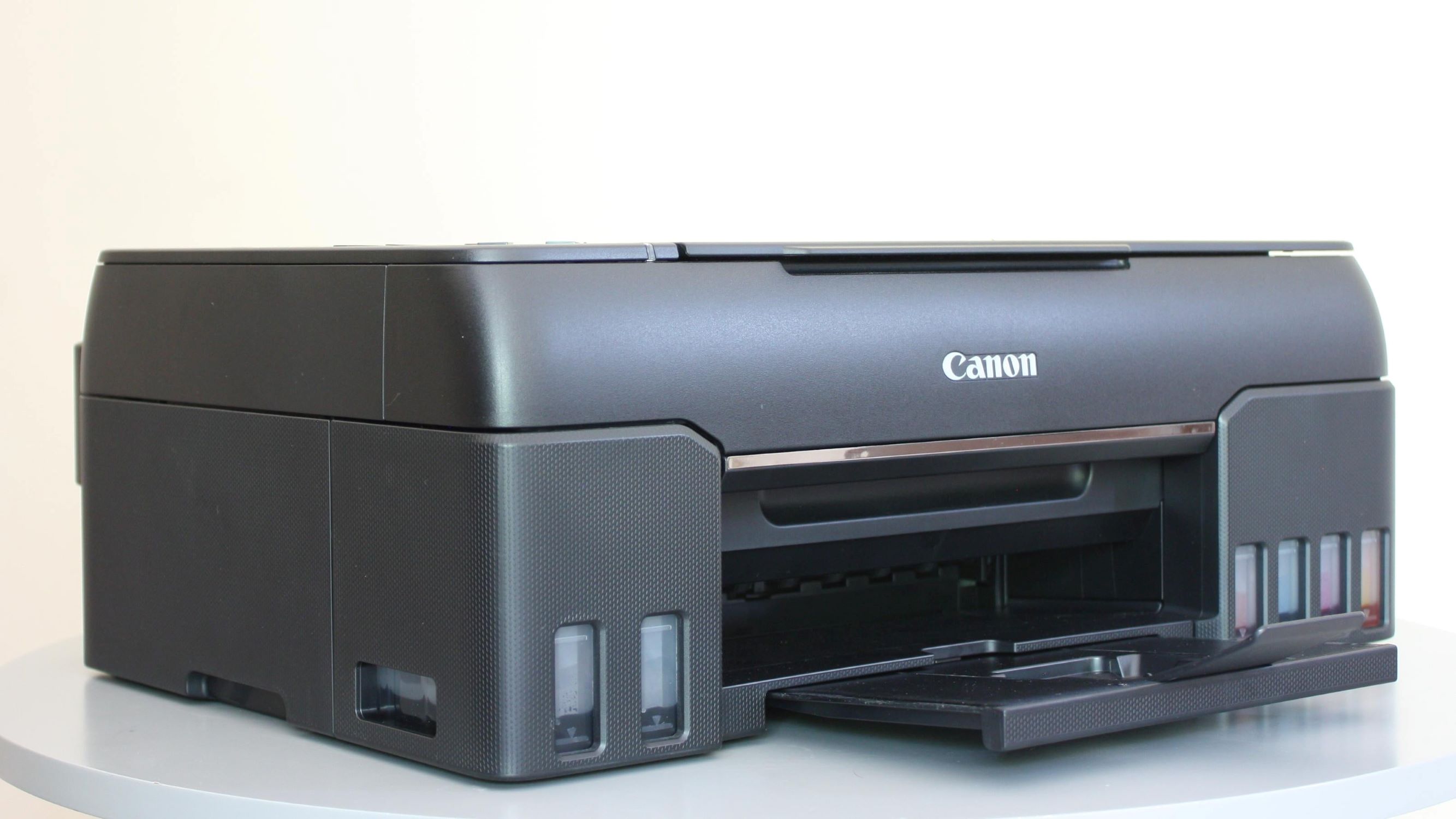
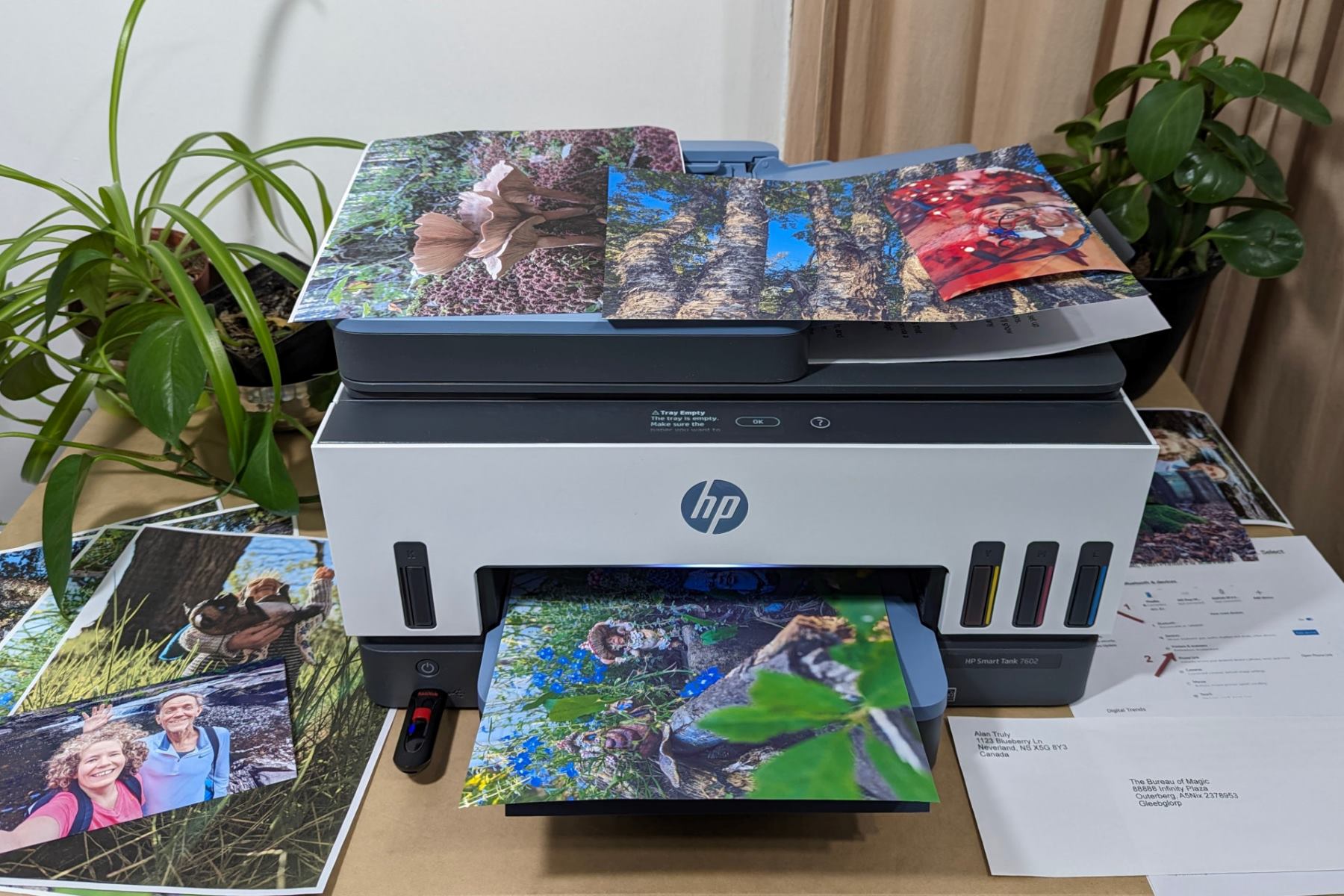

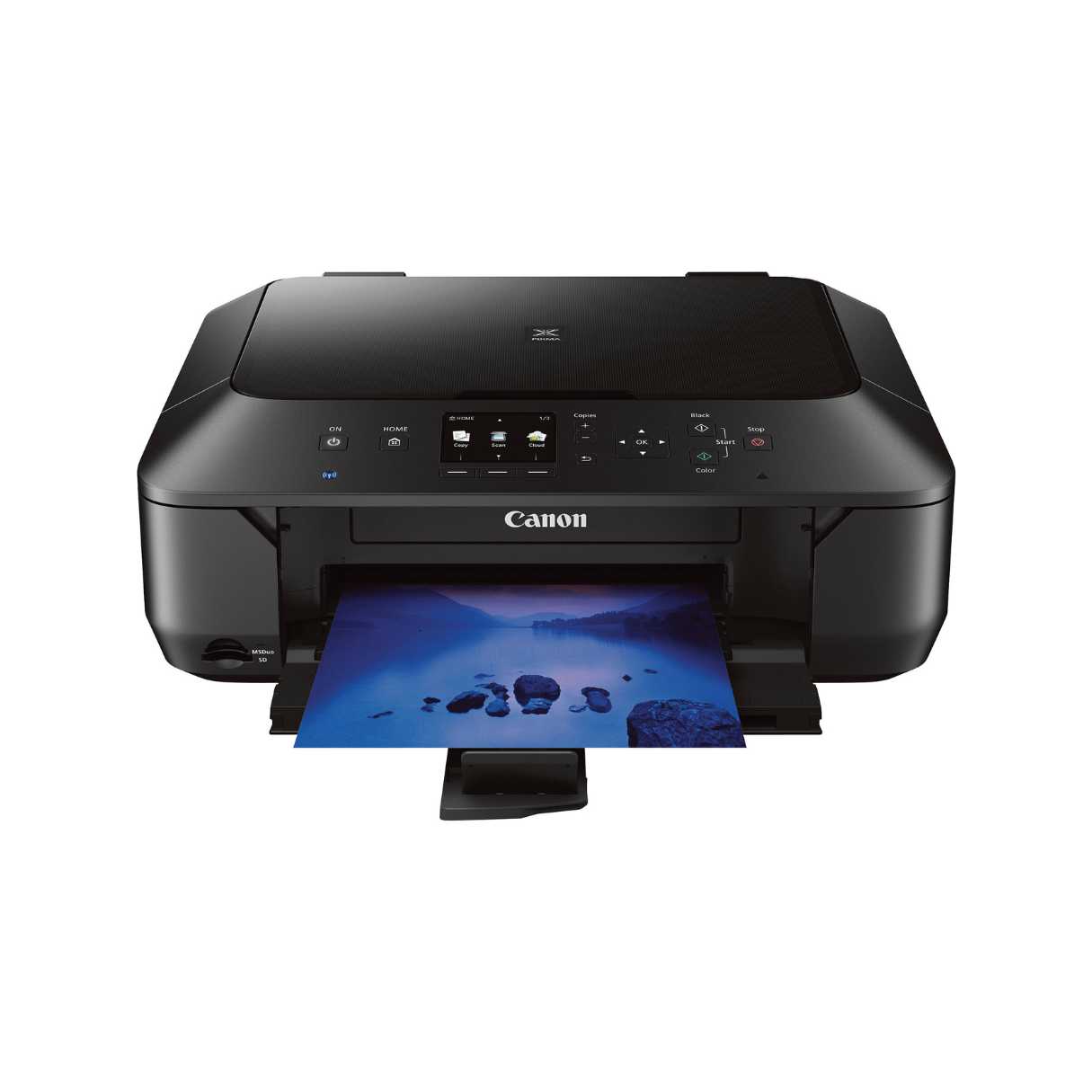

0 thoughts on “How To Make A Printer Wireless”